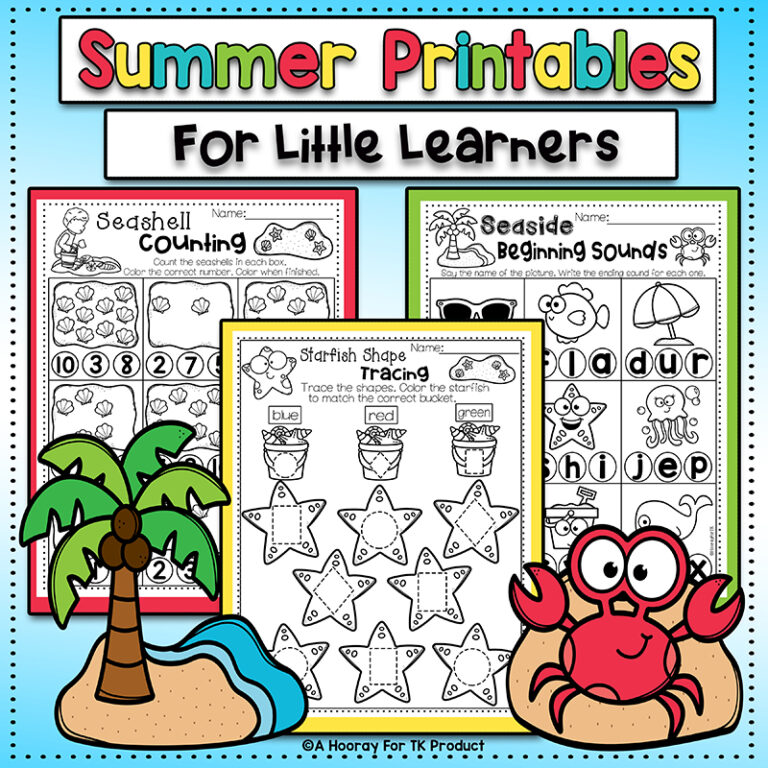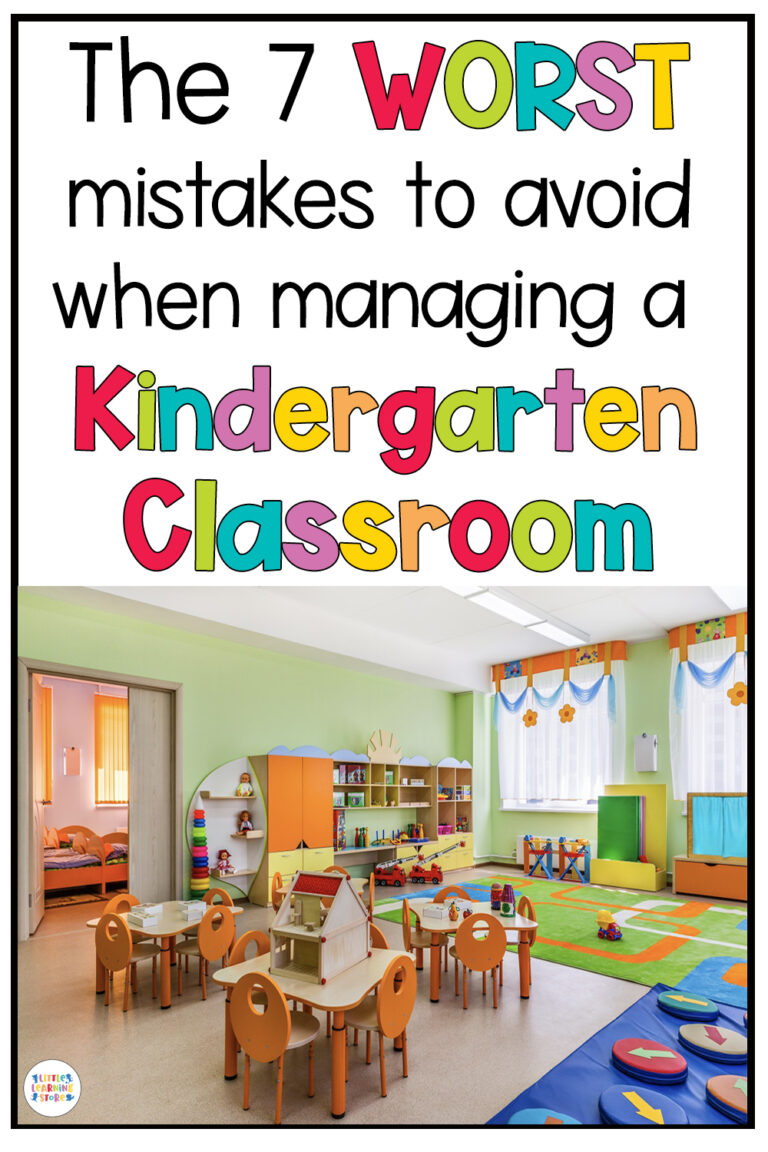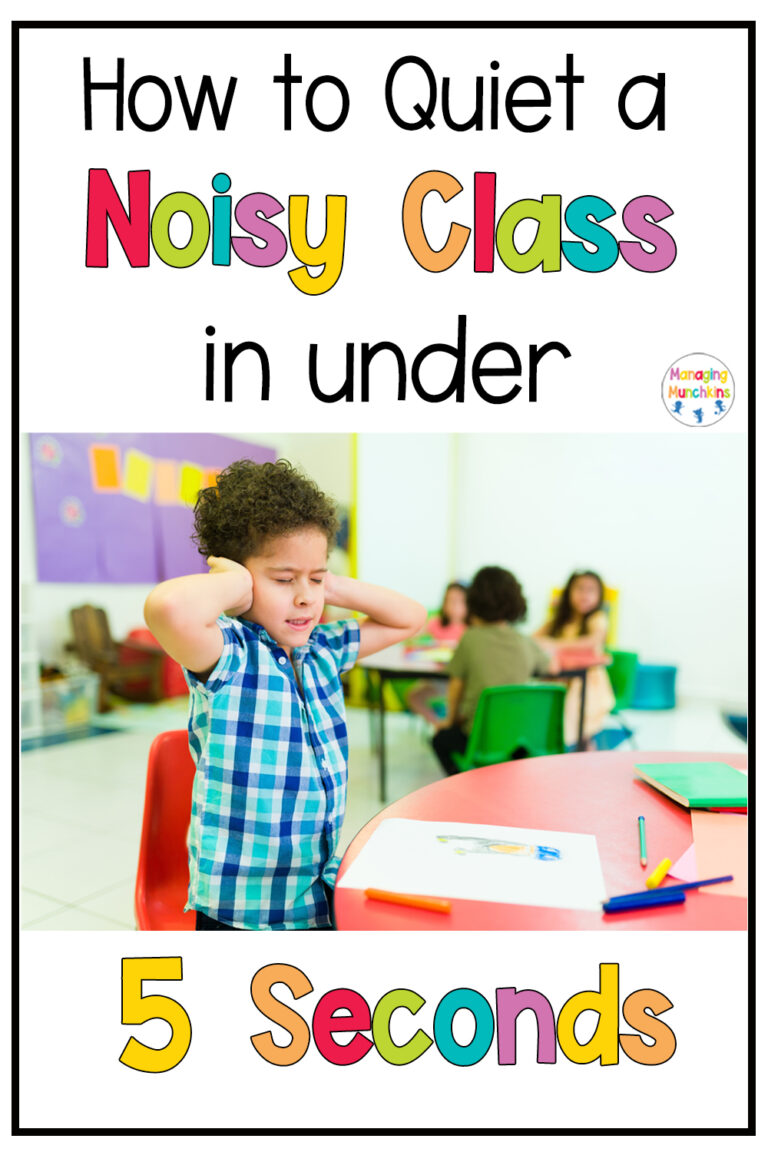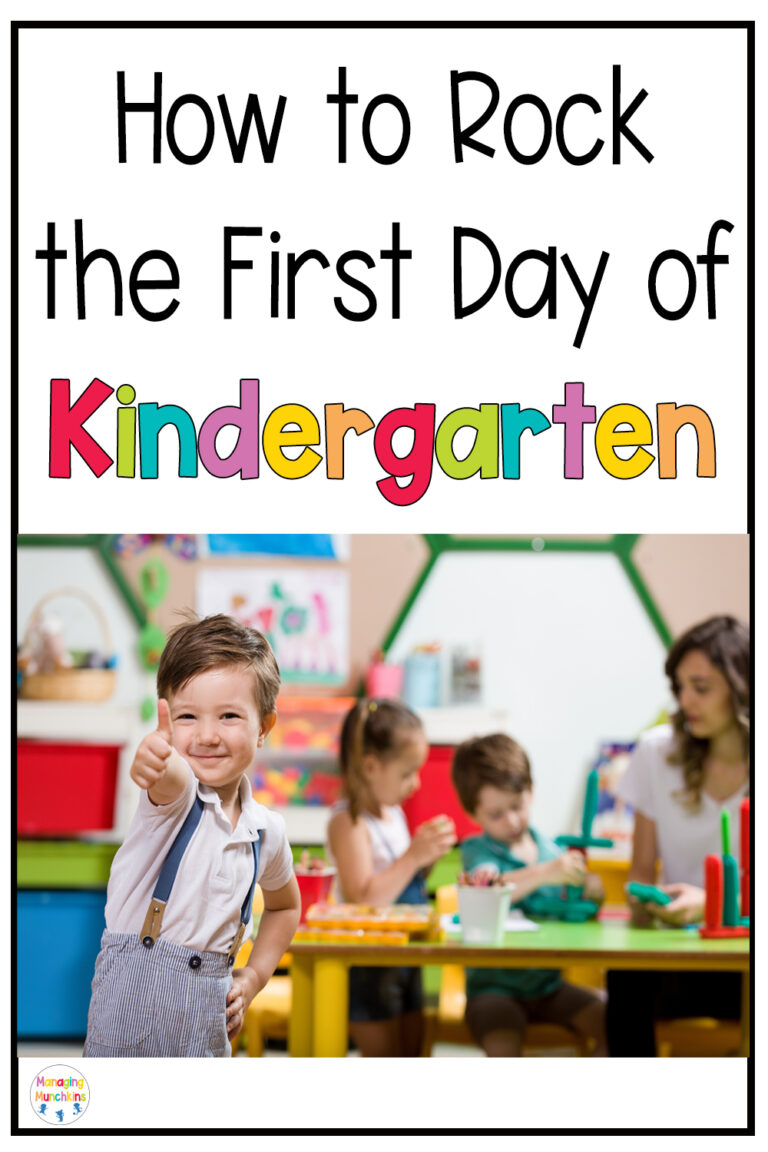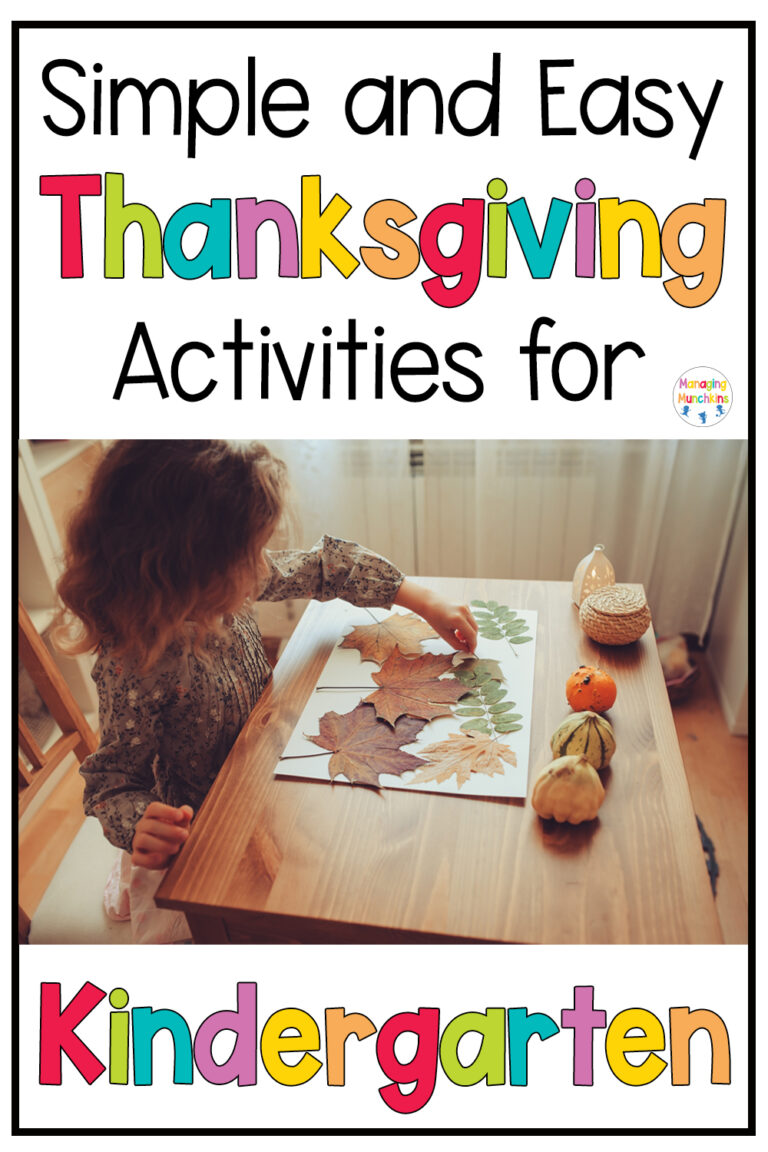Managing Meltdowns: How to Deal with Challenging Behavior in the Classroom”
Kindergarten is a time of wonder, exploration, and growth. However, it can also be a time when young children exhibit challenging behavior in the classroom and this can be overwhelming for both teachers and students.
A common question that many teachers ask me is “How do you handle difficult behavior in the classroom? Do you use consequences, rewards, ignore the behavior, phone the parents?”
While there is no one-size-fits-all, there are some essential strategies to have in place to effectively manage and address these behaviors while simultaneously creating a positive learning environment.
In this blog post, we’ll explore tips and techniques to help you deal with challenging behavior in your kindergarten classroom.
How to Deal with Challenging Behavior in the Classroom
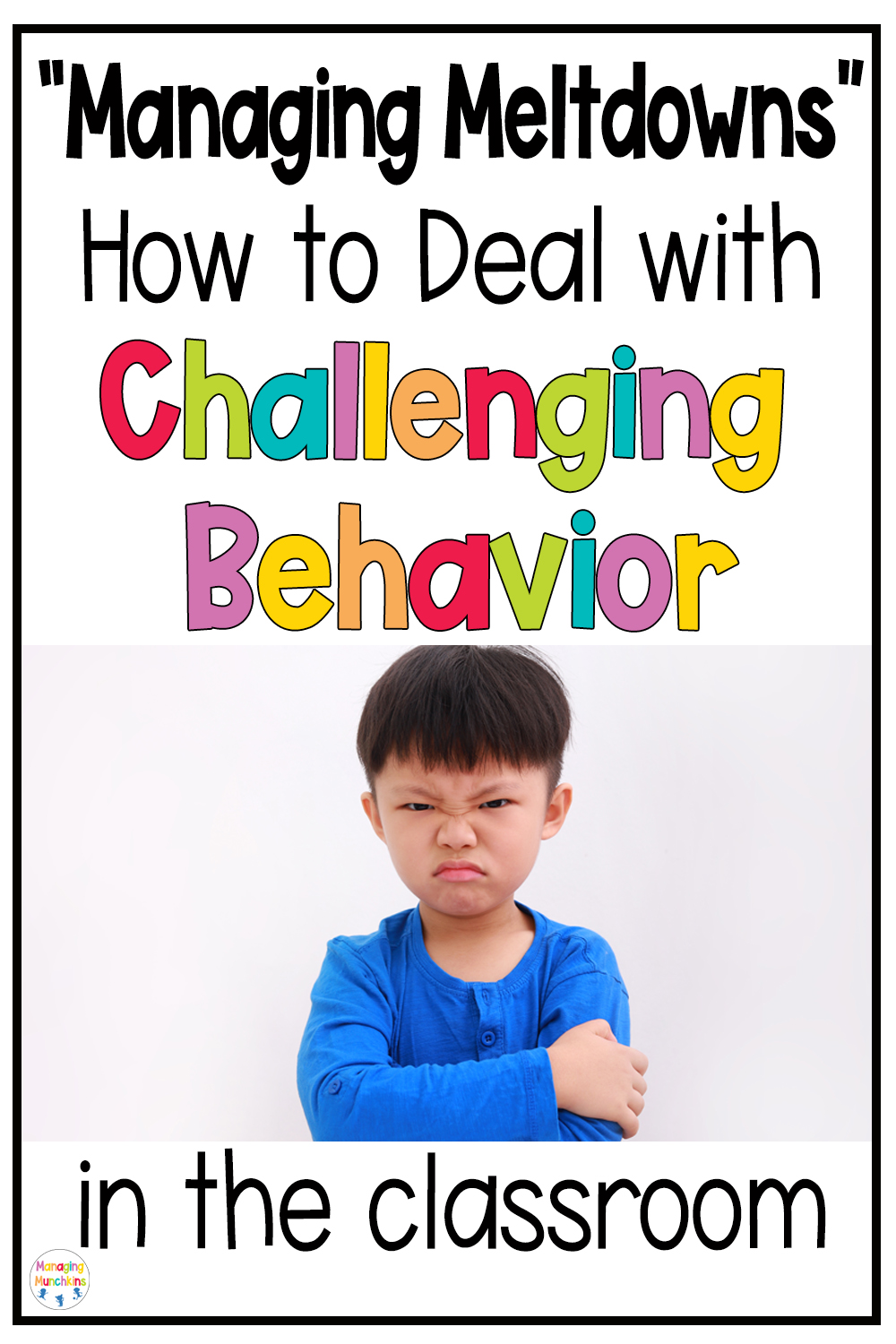
1. Establish Clear Expectations:
Setting clear and age-appropriate expectations is crucial in kindergarten.
Make sure that your students understand what is expected of them in terms of behavior. Use simple language and visuals to reinforce these expectations.
For example, have the class rules posted in an easy-to-access space, with kinder friendly language. It’s even a good idea to go over these rules on a daily basis for the first month of school at least (and even longer if necessary).
2. Be Consistent:
Consistency is key when dealing with challenging behavior. Make sure you enforce the rules consistently and fairly.
When students know what to expect, they are more likely to follow the rules.
It can be very confusing for students if one day, you enforce the rules, and the next you let something slide. Make sure you are consistent and follow through.
3. Positive Reinforcement:
Positive reinforcement is a powerful tool for managing behavior. Praise and reward students for displaying positive behavior.
You can use stickers, a reward chart, privileges, or a simple verbal acknowledgment to reinforce good behavior.
Don’t forget to follow the “ABC”s of positive reinforcement. This will help to create a solid foundation and plan for both you and your students.
4. Redirect and Offer Choices:
If a child starts displaying challenging behavior, try redirecting their attention or offering them choices.
Say, for example, you are doing an activity that requires cutting, and they are refusing to participate. You can redirect and offer a choice by saying, “Which color scissors would you like to use, red or blue?”
By doing this, you aren’t giving them a choice about completing the activity or not, but you are giving them a choice in how they complete it (even if it’s something simple like choosing the color of their scissors).
This can empower these students and can be particularly helpful for strong-willed kiddos.
5. Use Visual Cues:
Visual cues are incredibly helpful and absolutely necessary for kindergarteners.
Use visual schedules, charts, and posters to remind students of the rules and expectations. Visual cues can be especially useful for non-verbal communication.
Visual behavior charts and visual token systems are also very helpful to help encourage students to make good choices and it helps to reinforce good behavior.
When students visually see their progress on a chart, that motivates them to keep going and keep up the desired behavior!
(Speaking of visual charts, grab my FREE ultimate student behavior plan here!)
6. Stay Calm and Patient: Don’t Forget, You are the Boss, Applesauce!
It’s easy to become frustrated when dealing with challenging behavior, but it’s important to stay calm and patient. Take a deep breath, use a soothing tone, and avoid raising your voice.
Modeling calm behavior can help children learn how to manage their emotions, and it reminds them who is in control and who is the applesauce!
7. Communicate with Parents:
Maintain open and regular communication with parents. Share both positive and challenging behavior with them. Working together as a team can help address behavioral issues more effectively.
8. Seek Professional Guidance:
If a child’s challenging behavior persists and is causing disruptions in the classroom, consider seeking guidance from a school counselor or behavioral specialist. They can provide additional strategies and support.
This can be particularly important if the student’s behavior is physical or violent in any way. A counselor will be able to help them healthily manage their emotions.
Be sure to follow your school’s protocol with this and make sure you loop the parents in on it as well.
You can say something like “I think that (child’s name) could really benefit from our school counseling services. If you’re ok with it, I’d love to be able to complete a referral form so they can begin to receive services.” (again, this depends on your school’s protocol).
This can help the parents feel in the know, and feel a part of the process, versus just having a referral form handed to them. We want it to be a partnership and team effort supporting the student.
9. Encourage Social-Emotional Learning:
Incorporate social-emotional learning (SEL) into your curriculum. All students can benefit from learning about emotions, empathy, and conflict resolution.
SEL can help students better understand and manage their feelings and behavior. Studies have shown that these skills can greatly serve them as they enter adulthood and support them throughout their entire life.
10. Celebrate Small Wins:
Finally, don’t forget to celebrate small victories! When a child displays improved behavior or successfully manages their emotions, acknowledge and celebrate their progress.
This positive reinforcement can motivate them to continue making positive choices.
In a nutshell:
Dealing with challenging behavior in kindergarten can be demanding, but with patience, consistency, and effective strategies, you can create a classroom environment where all students can thrive.
Remember that each child is unique, and what works for one may not work for another. Be flexible in your approach and always prioritize the well-being and growth of your students.
Challenging behavior can be difficult and frustrating at times, but with the right tools, you’ll be able to navigate and turn around student behavior in no time!

